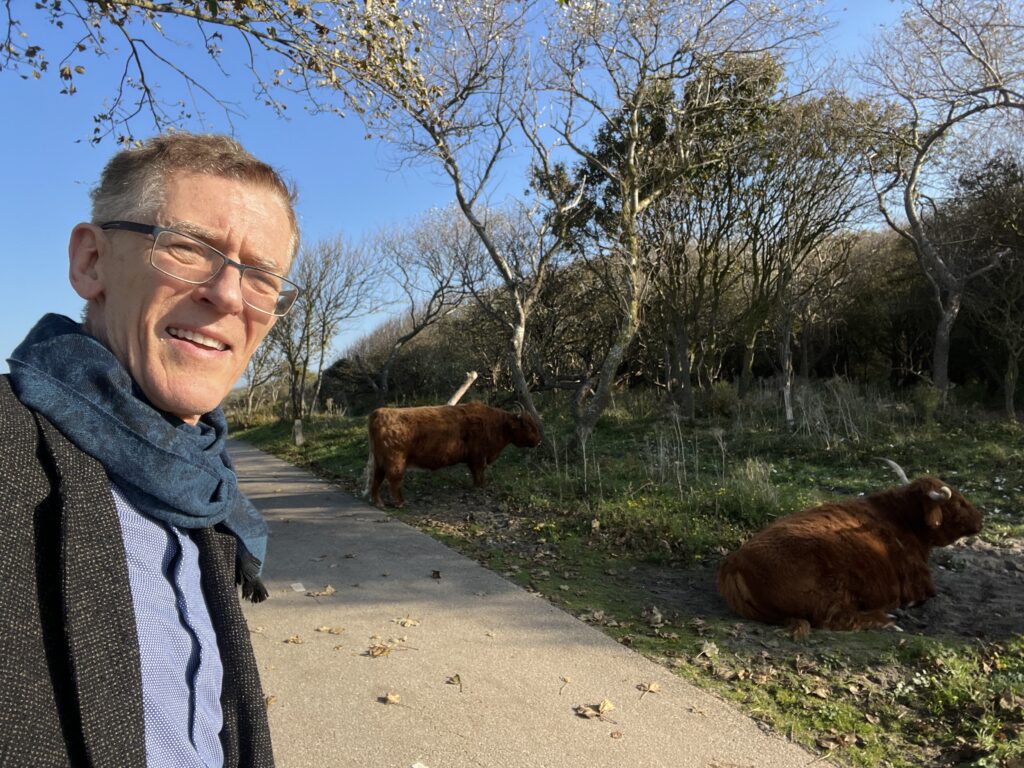
Summary. You need to start taking care of your muscles early on. If not, you can begin to lose 3–5% of your muscle mass every 10 years starting at the age of 30. Once you turn 60, this loss can speed up to about 10% per decade. The really good news is that muscle loss, known as sarcopenia, can almost always be reversed to a large extent! Which is a good thing as sarcopenia can be life-threatening.
Does losing muscle matter? Yes, it does so, very much—especially if you want to live a long and healthy life. For me, keeping my muscles strong has become one of the top five things to focus on! I didn’t always know how important strength training was. Lucky for me, I’ve always been active with sports, but I ignored strength and flexibility exercises like yoga. That changed once I learned about the dangers of sarcopenia. Now, I do daily exercises like push-ups, planking, balancing on one leg, and yoga. I also make sure to eat the right foods and take helpful supplements. When I am not in the mood I just take a look at the summary of risks (see point 3).
1. What is in a name?
Different terms like atrophy, myopenia, and sarcopenia are often used. I won’t go into their specific definitions, but they all generally refer to the same thing: loss of muscle. This muscle loss can be caused by illness, accidents, hormonal changes, or genetics. However, in this blog, I focus on the most common type: reduced muscle mass caused by disuse and aging.
Symptoms include a decrease in muscle mass. One limb may be smaller than the other. Legs can become thinner. Sensations like numbness, weakness, and tingling might appear in your limbs.
2. Sarcopenia = global pandemic
Up to 40% of people worldwide suffer from sarcopenia. This condition will affect more people globally. An estimated 22% of the world’s population will be over 60 years old by 2050. Older women are at greater risk of experiencing mobility issues.
3. Summary of risks
Sarcopenia poses several potential dangers and serious challenges, especially for older adults. Here are some of the key risks and issues.
1. Decreased Mobility: loss of muscle strength affects an individual’s ability to carry out daily activities. These activities include walking, climbing stairs, and getting out of a chair. Recovery from injuries will also be slower.
2. Increased Risk of Falls and Fractures: Many of us have heard stories of active 90-year-old people who fall, never fully recover, and pass away within a few months.
3. Metabolic Changes: These changes can contribute to conditions like insulin resistance and type 2 diabetes. Additionally, cardiovascular diseases and osteoporosis may also be of concern.
4. Decreased Physical Resilience: With reduced muscle mass, recovery from illnesses can be slower. Recovery from injuries or surgeries may also take longer. Additionally, the risk of complications may increase.
In short, when you have sarcopenia, you risk entering a self-reinforcing cycle of negative health outcomes. This includes reduced activity and increased weakness. Both are potentially life-threatening.
4. How to fight and prevent sarcopenia?
A. Strength training, balancing exercises and yoga.
Food, as always, is important, and supplements can have some benefits, but physical activities are most essential. YouTube has great videos on what exercises to do, in addition to regular activities like walking, swimming, and cycling. Key exercises involve resistance training and weightlifting. Sports like yoga help you stay flexible. Or, in my case, they help me finally become flexible. Almost daily, I do 45 minutes of push-ups, planking, weightlifting, and some yoga. Maintaining balance should also be part of this routine, so I perform some exercises daily on one leg. It’s not easy at all.
B. What foods should you eat to avoid sarcopenia?
High-quality diets that are rich in fruits and vegetables are essential. Adequate protein intake, especially high in leucine, is also crucial. Hydration is the cornerstone of nutritional plans to fight sarcopenia. Nothing new, as this is general advice for almost everything health related.
C. Which supplements to take?
1. Reliable internet sources suggest that a daily dose of omega-3 oils may slow the aging process. A fair summary indicates that it may also increase the number of years spent in good health. Suggested quantities to take: 4,200 mg of omega-3s. This includes 2,700 mg of EPA and 1,200 mg of DHA. (Note: all info from the internet).
2. Proteins, particularly those with essential amino acids, are crucial. There are nine amino acids that the body does not produce itself. They are somewhat confusingly referred to as “essential” because they must come from external sources. All nine essential amino acids are important for muscle growth. These amino acids are vital for maintaining our body because they are the building blocks of protein. However, one particular essential amino acid that is often highlighted for its role in muscle protein synthesis is leucine. The quantities to take are explained in my blog on protein (see link), with the main messages being: a) it is not easy to get as much as needed, and b) the older you get, the more you need.https://shakethehealthtree.com/index.php/2025/02/25/5-power-to-the-proteins-and-also-enough-is-not-always-enough/
5. Some more info about Omega-3.
Omega-3″, often also called “omega-3 fatty acids” are a type of polyunsaturated fat (the so called ‘good fat’). These omega-3s play critical roles in maintaining heart health, supporting brain function, and reducing inflammation, among other benefits.
There are several types of Omega-3, with the most important being: EPA (Eicosapentaenoic Acid) – Found mainly in fish and seafood. DHA (Docosahexaenoic Acid) – Also found in fish and seafood and especially important for brain health. ALA (Alpha-linolenic Acid) – Found in plant sources such as flaxseeds, chia seeds, and walnuts.
The body can partially convert ALA into EPA and DHA. However, the conversion rate from ALA to EPA and DHA is very low for humans (5%). You need to eat over ½ kg of walnuts daily to get enough EPA and DHA through walnuts. Not practical. I will write a blog about Omega-3 as a supplement. The main conclusion is that most supplements are not as good as natural Omega-3s.
Time for some exercises. Lead a happy and healthy life.
Robert, your health friend

With our beloved dog Randy





